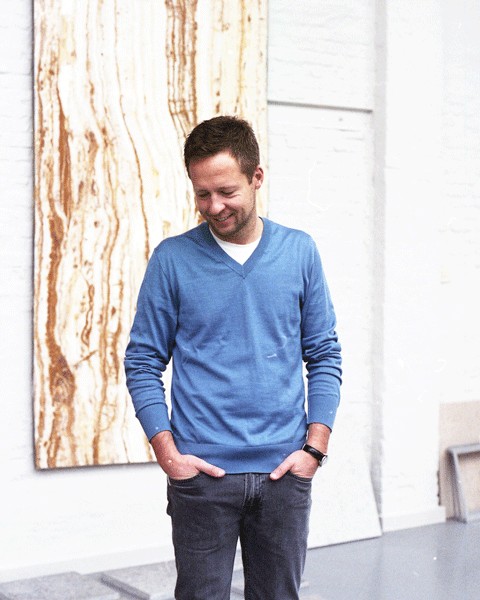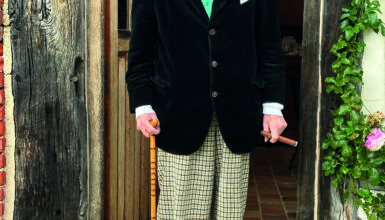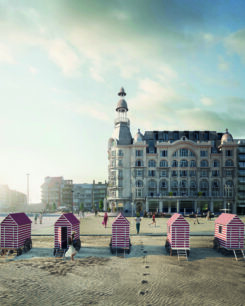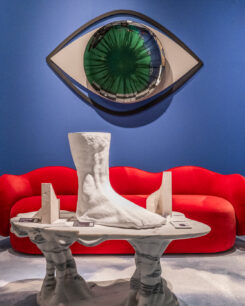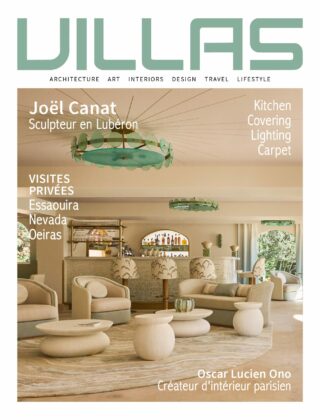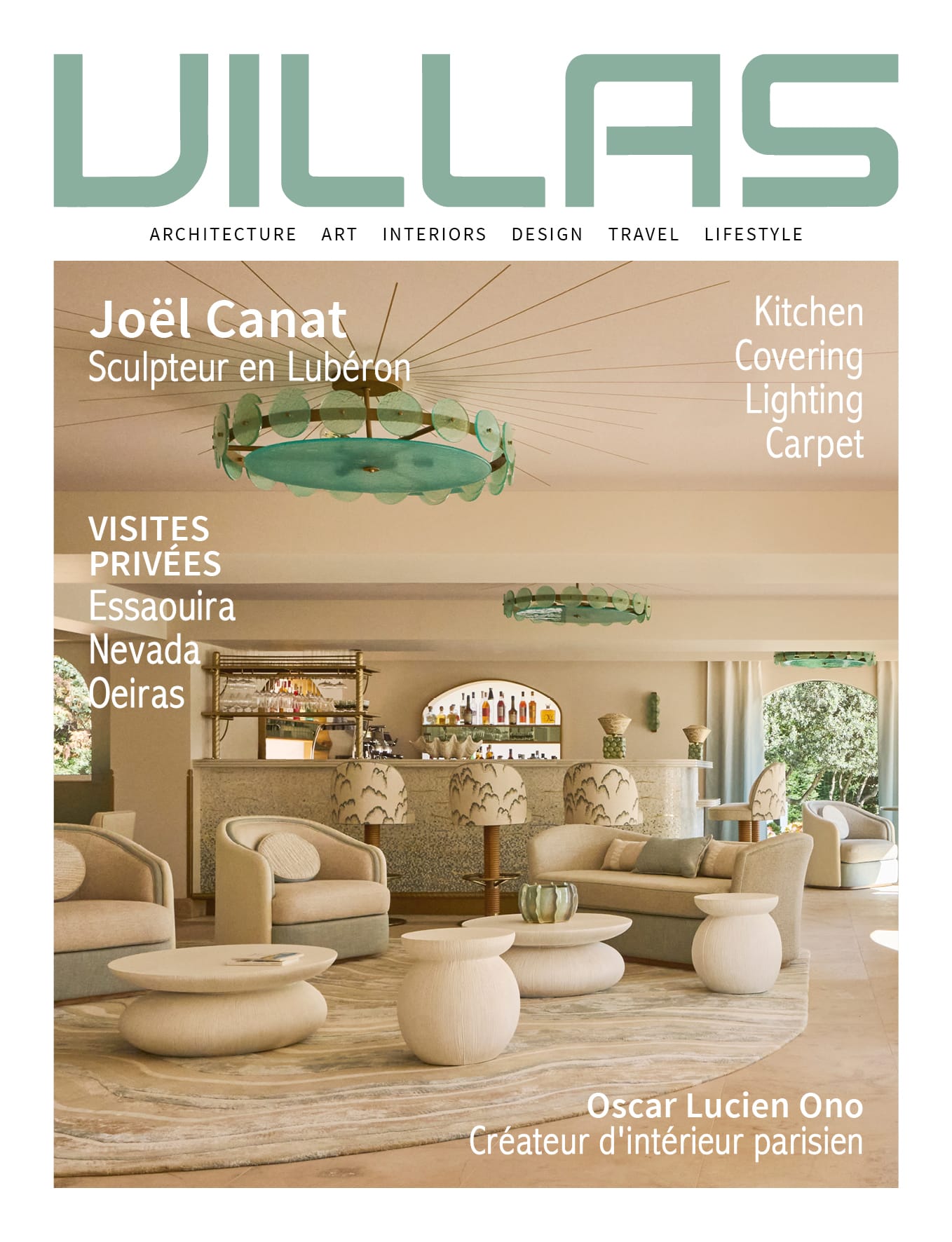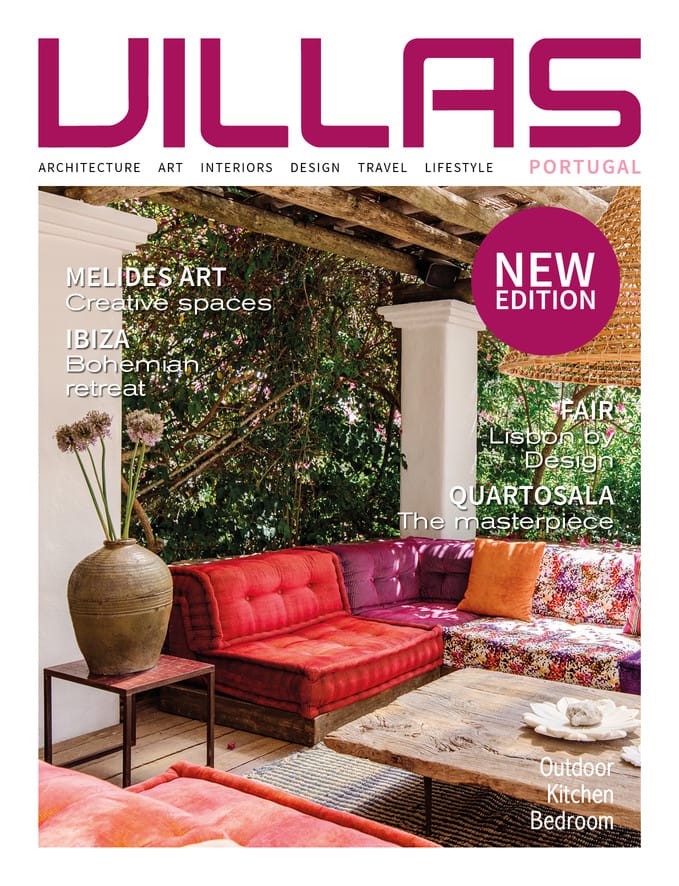Van Den Weghe has been around since the 1960s. In recent years, the company has become known for its collaborations with architects and designers. How do you see this development?
I started working for Van Den Weghe 11 years ago. The company was previously known as a manufacturer in the building sector; its work on house facades and its use of concrete in architecture. My job was to refocus the company’s activities on the production of natural stone. Over time, Van Den Weghe has become a reference in this field, with a new design and high-end dimension. The number of sales outlets in Belgium and around the world increased. Just A Stone subsequently acquired several companies in related sectors and today the group comprises nine companies. All of them have surface work (construction, renovation) as their core business and characteristic features, with a strong emphasis on quality and a customer base that is not only Belgian but international.
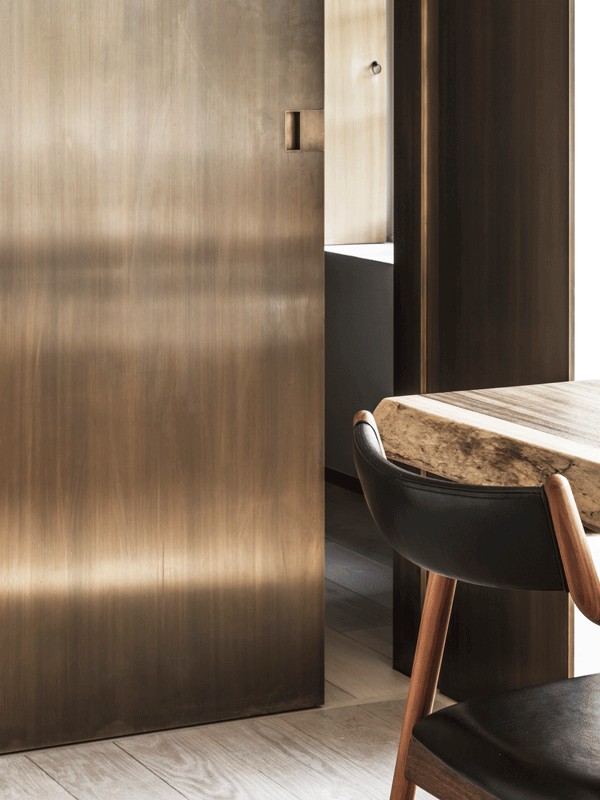
Van Den Weghe
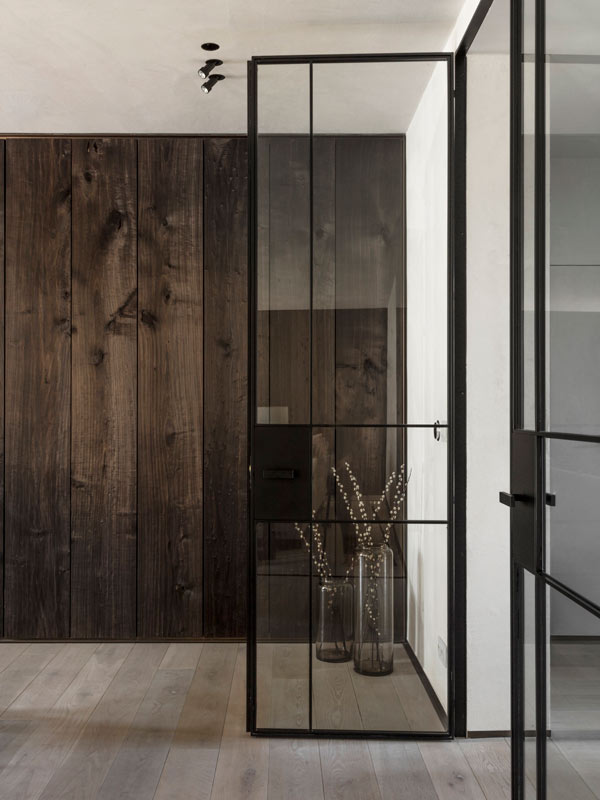
Van Den Weghe
Aesthetics, materiality, innovation. How would you sum up the DNA of the Van Den Weghe brand?
Nothing is impossible for Van Den Weghe. Like all the brands of the Just A Stone group, it adapts to all demands: kitchens, indoor swimming pools, etc.
For those looking for materials to renovate and live in style and luxury, we offer custom-made services.
How do you divide your time between Van Den Weghe, Just A Stone, plus your passion for contemporary art?
I travel a lot around the cities for different commissions and client projects and I always arrange to see a gallery show, an artist’s studio or a fair if the opportunity arises. I don’t count my time for art. I would say my schedule is pretty organic, there is nothing set in stone. That’s how I leave the door open to discoveries.
Where does your interest in art come from?
I studied art history and have always been very fond of Romanticism, Expressionism, the Dada movement as it began with Marcel Duchamp, and the American productions of the 1960s and 1970s. I have also always been intrigued by the end of the centuries and the movements in between. Understanding the changes in society and in art is what interested me first.
Do you remember your very first art purchase?
A painted cardboard box, acquired for less than 100 euros at an art event in Liege. Twenty years ago, I was still young and didn’t have much of a budget for large pieces. Then a friend of mine became a gallery owner in Ghent and I continued to be interested in art, in artistic productions that were off the beaten track. Since then, it has become a real addiction. I still have the box at home.
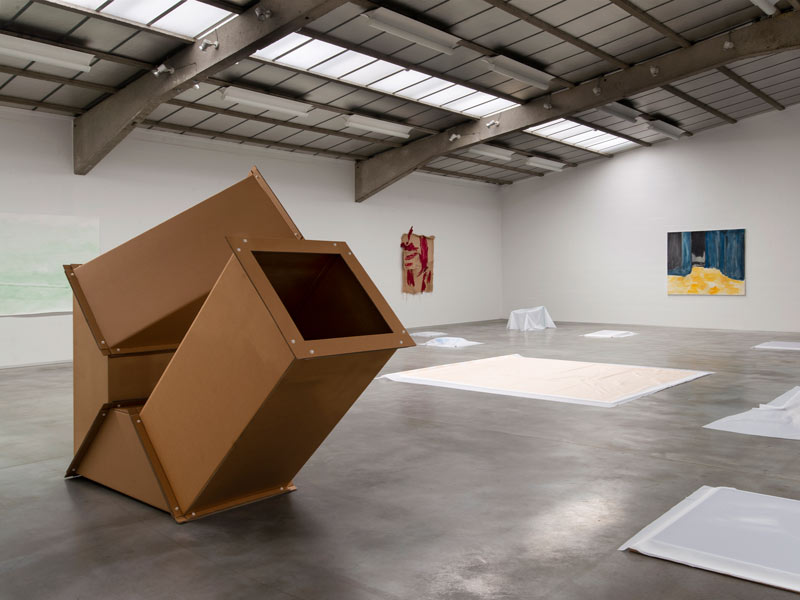
Collection Tanguy and Bieke Van Quickenborne
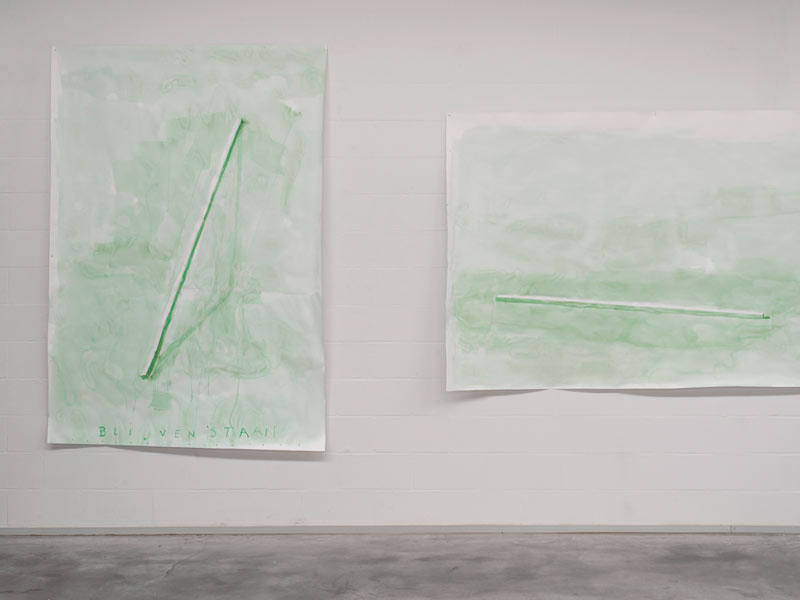
Collection Tanguy and Bieke Van Quickenborne
Does your professional activity influence your taste in contemporary art and vice versa?
Just A Stone is a company that specializes in the production of building and renovation materials and it is true that this influences my choices for my art collection. I didn’t necessarily notice it a few years ago. There are many materials in my personal collection. I am a person who likes to touch, to feel with all my senses. The conceptual aspect of a work interests me as much. I also have some artists’ films.
Does Just A Stone collaborate with visual artists, apart from designers?
Yes, I particularly appreciate being able to cross our worlds. Van Den Weghe and I have produced works for Peter Vermeersch and the British artist Ryan Gander, whom I discovered during his retrospective at the Museum Dhondt-Dhaenens in Deurle (I am a member of the museum’s board). We created a wooden work inlaid with stone for him. I acquired it after his exhibition. Creating for an artist is as strong as creating for a designer. In both cases and very often, we become friends afterwards. I remember my first exchange with the interior architect Sébastien Caporusso. He wanted to make prototypes, his design and concept were strong. I immediately agreed and since then we have remained close.
How would you present your contemporary art collection?
Young, expressive, rock’n’roll, sometimes avant-garde, innovative and certainly original. I built it on instinct. I never take too long to buy a piece. My first feeling is usually the right one.
There is a certain freedom in your collection, whereas Van Den Weghe’s work seems to leave nothing to chance. What is your ambition?
To show that rules can be broken. I also try to do this with Van Den Weghe’s work.
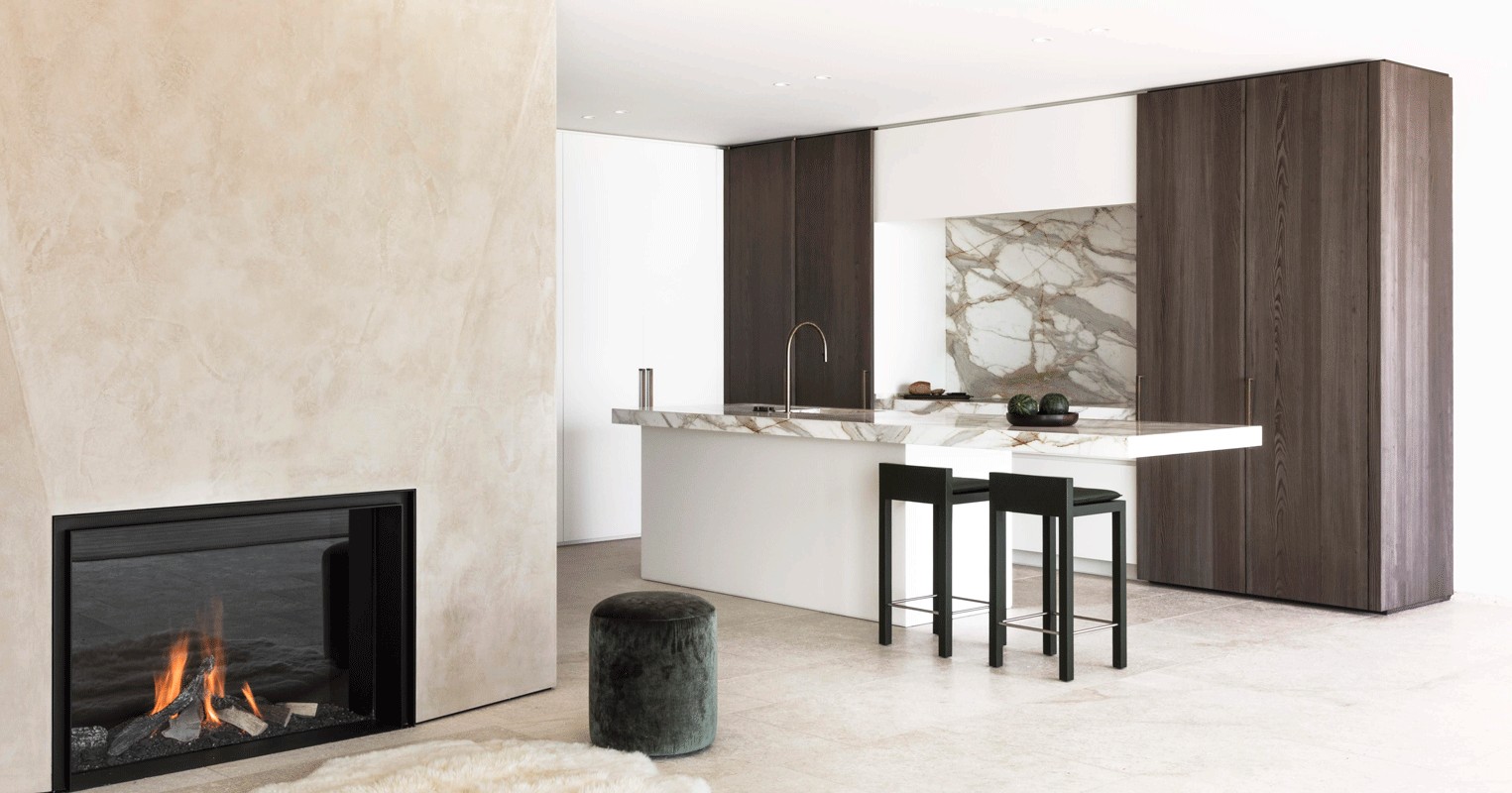
Van Den Weghe
Where do the works in your collection come from?
My collection of contemporary art comes mainly from galleries and meetings in Brussels, Antwerp and the United States. I admire the work done by the likes of Office Baroque and Gavin Brown. For fairs, I favour Art Basel and the London and New York editions of Frieze as much as Art Brussels and Art Rotterdam, which are both regional and global.
Do you receive requests from clients for advice on purchasing art for their homes?
A little too much for my taste, because I have to say that many requests in this sense have in reality a hidden question, namely how much a work will be worth in case of resale. As I select my works with my own feelings, and without thinking of giving them away, I do not answer these questions.
How do you see your collection evolving in the years to come?
I would like to acquire more historical pieces when I have a larger budget. For the moment, the collection I share with my wife is more focused on emerging productions, presented under the eye of different curators.
Collection Tanguy and Bieke Van Quickenborne at Platform 6A
Tiegemstraat 6A, 8553 Zwevegem
056 64 48 93
info@platform6a.art
